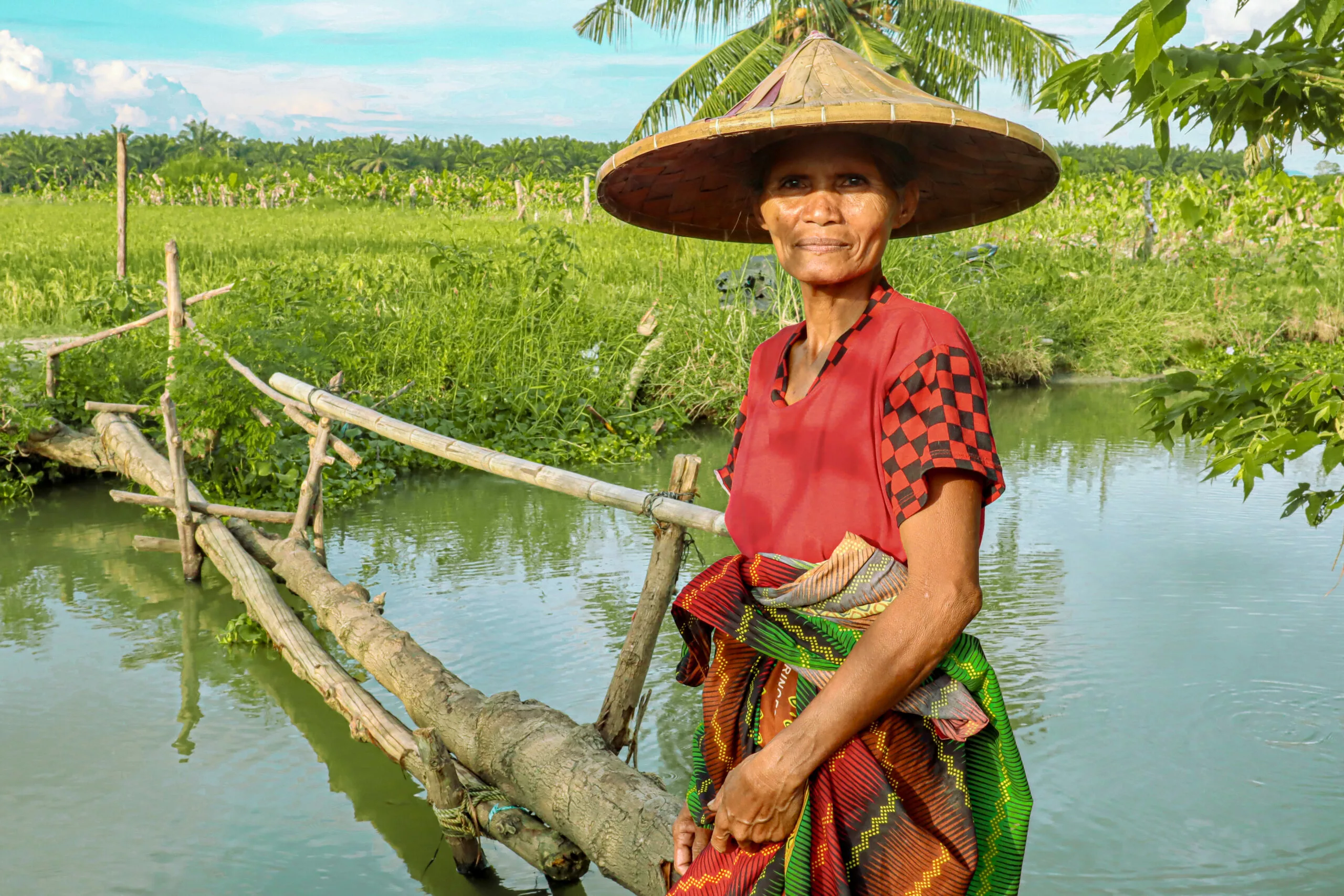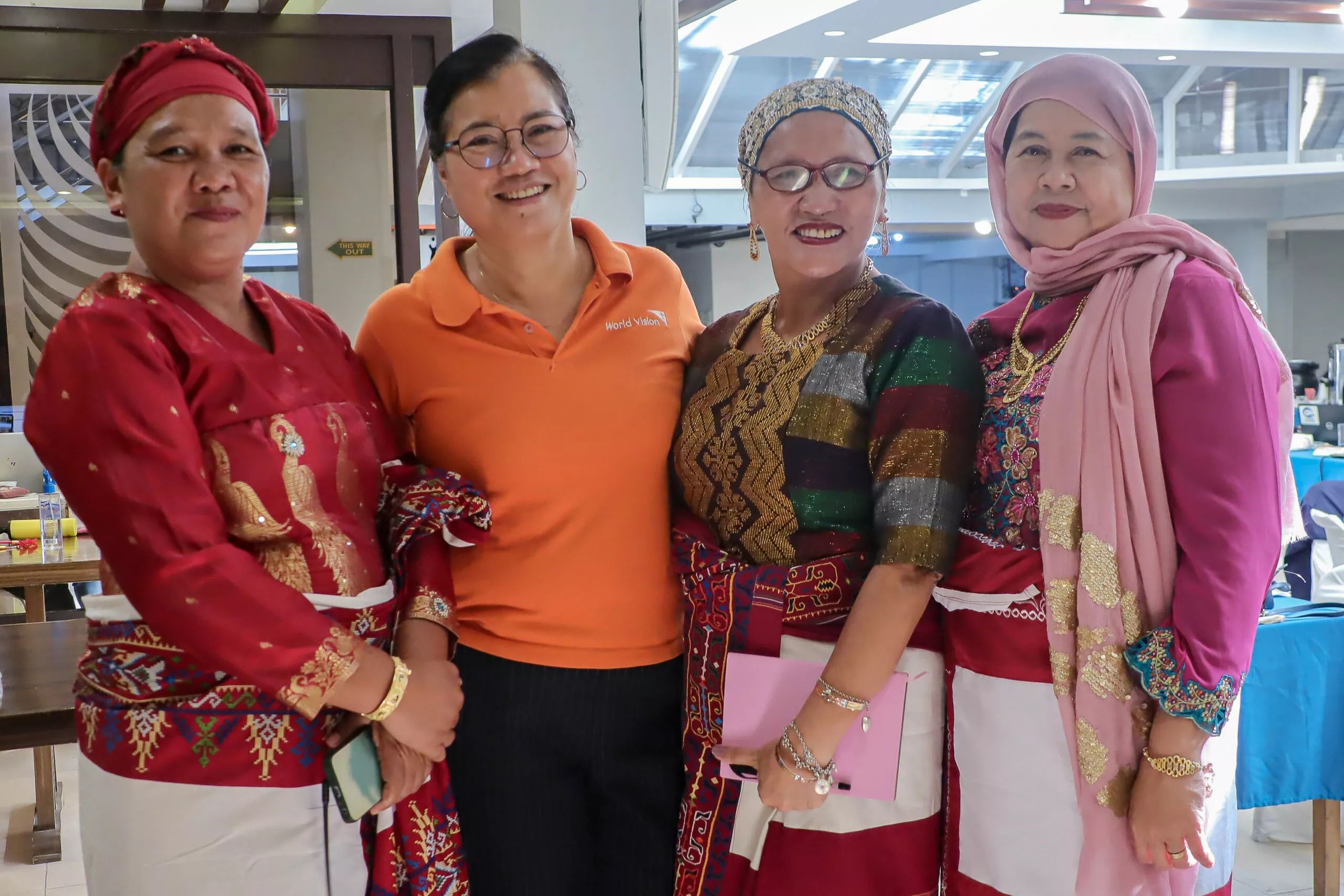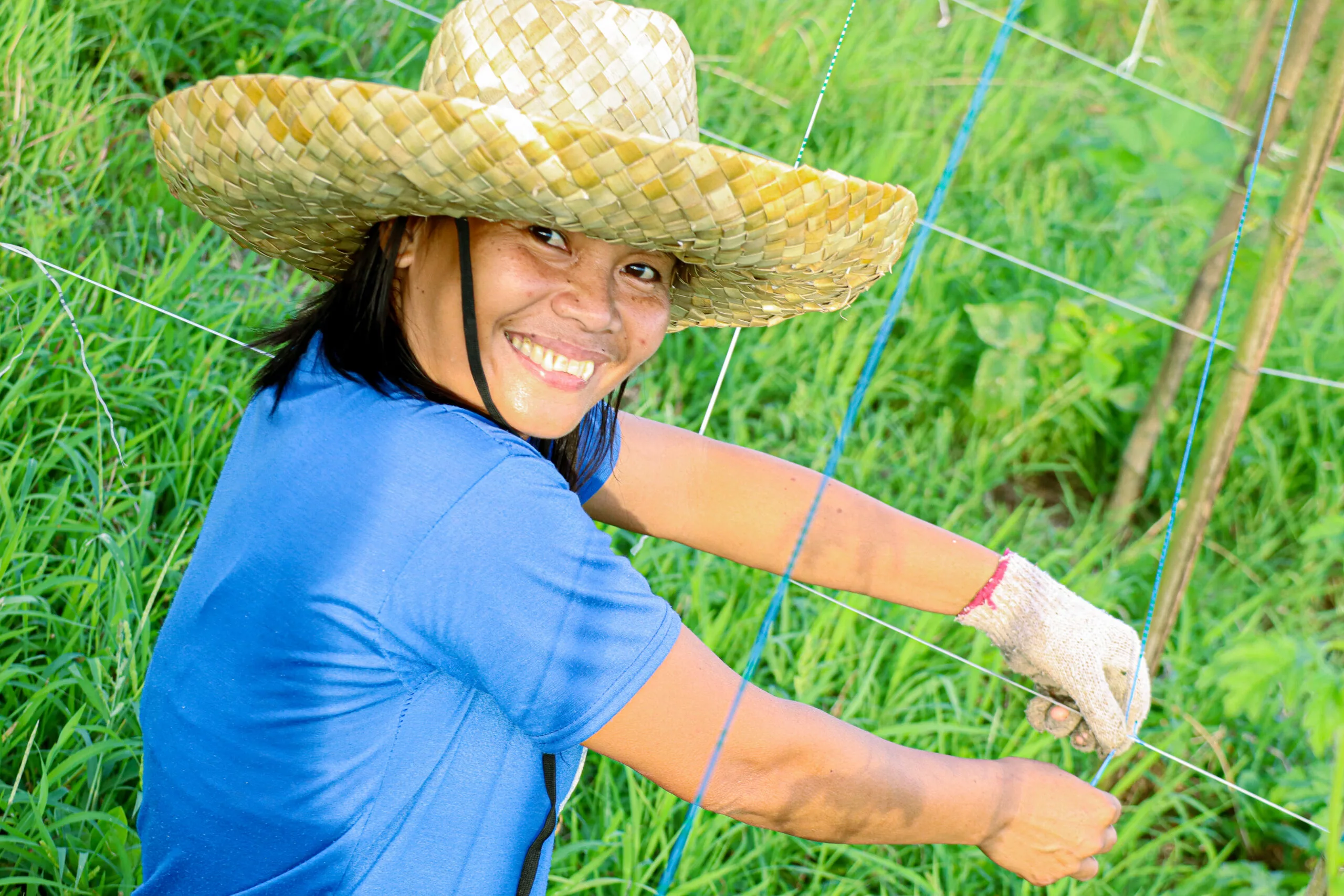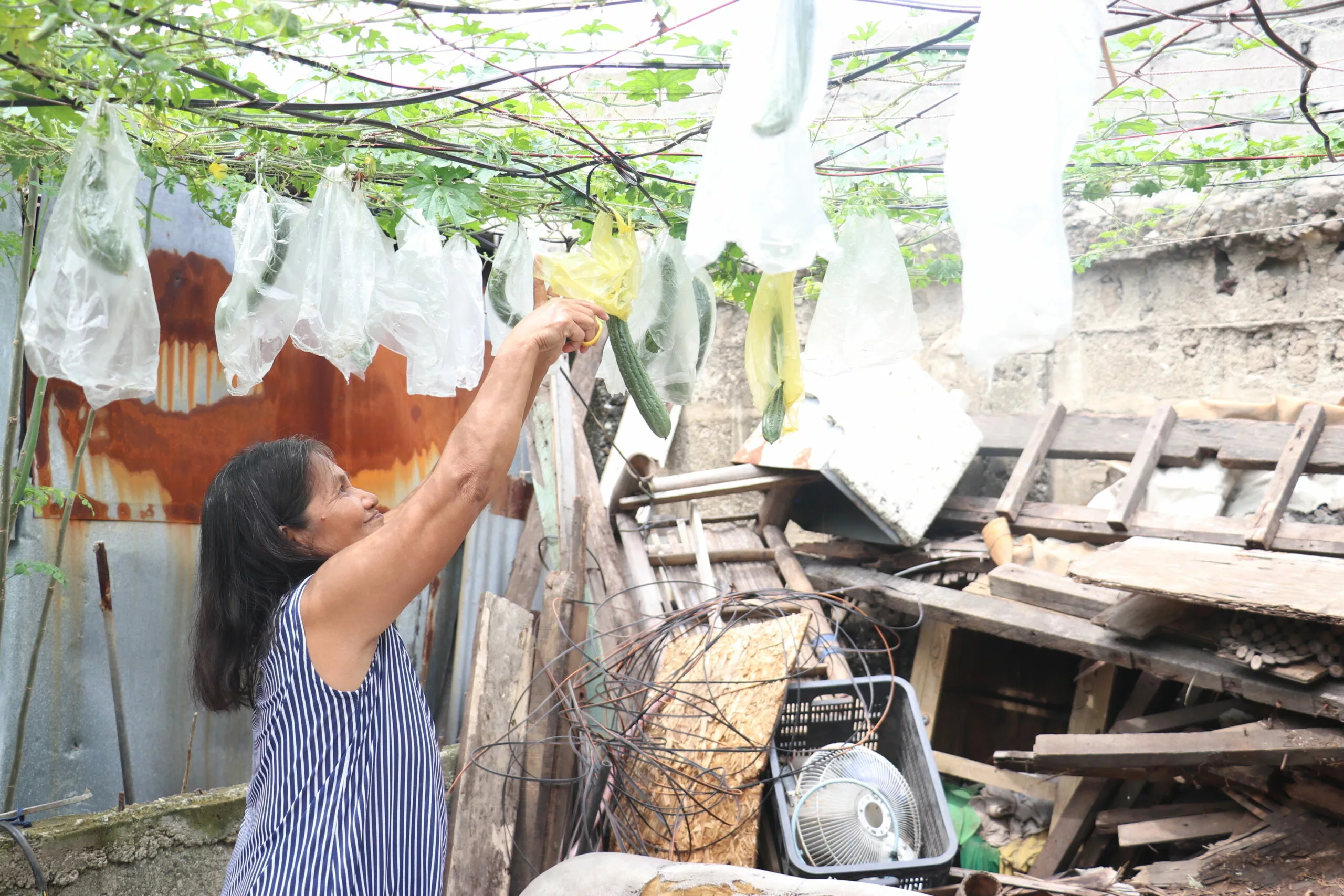Stories of resilience from Yolanda survivors
Natural disasters such as earthquakes and typhoons leave lasting effects on people. But it is also during these moments when stories of bravery, resilience, and support emerge. This was the case for the Yolanda survivors.
Ten years ago, Super Typhoon Yolanda, internationally known as Haiyan, devastated the Philippines in November 2013. But a decade later, we see Aileen and other members of her community in Leyte – all beneficiaries of World Vision’s livelihood and disaster preparedness programs – are now able to get back on their feet.
“With the help of donors and supporters in the country and abroad, World Vision was able to provide aid to more than 1.6 million people from 2013-2019,” said Rommel Fuerte, World Vision’s Executive Director.
Food, shelter, livelihood, health and nutrition, disaster preparedness, and educational assistance were provided by the organization during its relief, recovery, and rehabilitation phase.
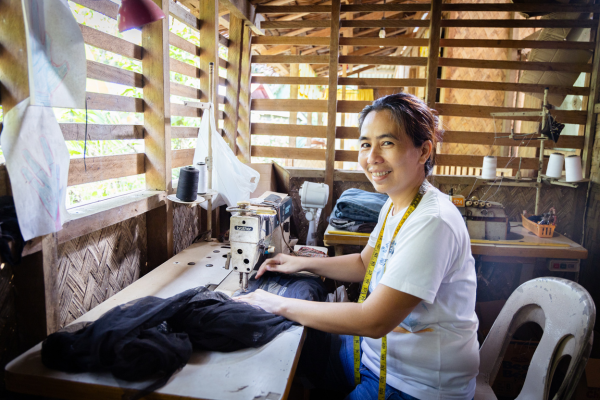
Aside from providing them with their essential needs, World Vision extended help to ensure that they have the means to survive and thrive. For Aileen and other survivors who underwent dressmaking training, it came in the form of sewing machines.
“After the dressmaking training, we received sewing machines from World Vision to help us start our business. I’m now earning income and able to help my husband with our daily expenses,” she shared.
She was also a part of the organization’s community savings group, which enabled her to achieve her dream of owning a house which she thought was impossible.
“For 13 years, we didn’t have our own house, we were just renting. But I saved and persevered. Now we have our own home,” she says.

Meanwhile, in another community where farming is their main source of livelihood, Climate Smart Agriculture (CSA) was introduced by World Vision. CSA is an approach that guides farmers to manage their crops through sustainable methods to help them adapt to climate change.
Lanie, who was one of the participants in the training on CSA said, “That was helpful for me because I learned about plants that help absorb water and plants that can provide shade to other crops. We also learned different concoctions—organic pesticides and organic foliar.” Their demo farm now produces organic vegetables such as eggplants and string beans.
For Andro Culasi, a town official, learning about the importance of disaster preparedness promoted a stronger sense of community and security. “There’s been a big change in our community after Super Typhoon Yolanda. We now have a public address system in designated areas in our community. Before the typhoon, we didn’t have that. We used to inform people through text messages,” he says.
In addition, they conduct regular disaster-related drills that involve everyone, including students, in coordination with schools. They have also built a small evacuation center for families living in flood-prone areas.

The community’s Risk Reduction and Management Committee also became more active, providing training like first aid and basic life support. “I could say that we are prepared now than before,” he says.
Aileen, Lanie, and Andro are just a few of the people that World Vision has assisted and whose lives and communities are thriving 10 years after Super Typhoon Yolanda badly hit Central Visayas.
“After a decade, we have gone a long way in ensuring that we continue to innovate our humanitarian response, collaborate with partners, and help build resilient communities where children thrive and live full lives,” said Fuerte.
“Thank you and we are grateful to be your trusted partner in the field of humanitarian response, disaster risk reduction, and climate action,” he added.


